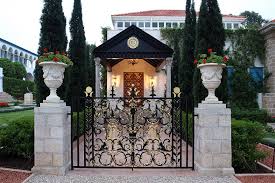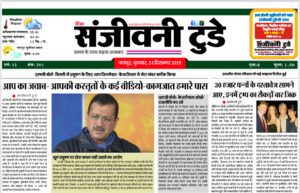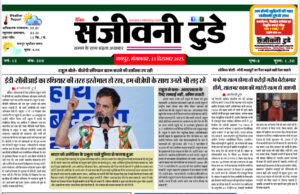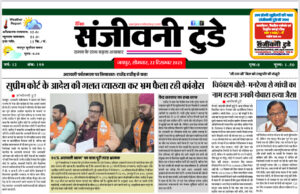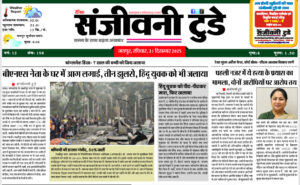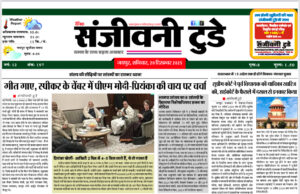Baháʼís Celebrate 206th Birth Anniversary of the Báb and 208th Birth Anniversary of Baháʼu’lláh
The Festivals of the Twin Holy Birthdays of the Báb and Baháʼu’lláh on 8, 9 ‘Ilm, 182 B.E. i.e. on 22, 23 October 2025.
The 208th Anniversary of the Birth of Baháʼu’lláh, the Prophet-Founder of the Baháʼí Faith and the 206th Anniversary of the Birth of the Báb, who is the Prophet-Herald of the Baháʼí Faith.
On this radiant and blessed festival, Bahá’ís commemorate the birth of the Báb, who ushered in a new dawn for humanity, and Baháʼu’lláh, who brought the sun of a new Revelation.
Focused on the unity of the Twin Manifestations Bahá’ís joyously celebrate the Twin Holy Birthdays of the Báb and Baháʼu’lláh, whose successive revelations heralded a new, glorious era for all humanity.
Honoring the Twin Manifestations of God, the Báb and Baháʼu’lláh, whose lives and teachings illumined the path to the oneness of humankind.
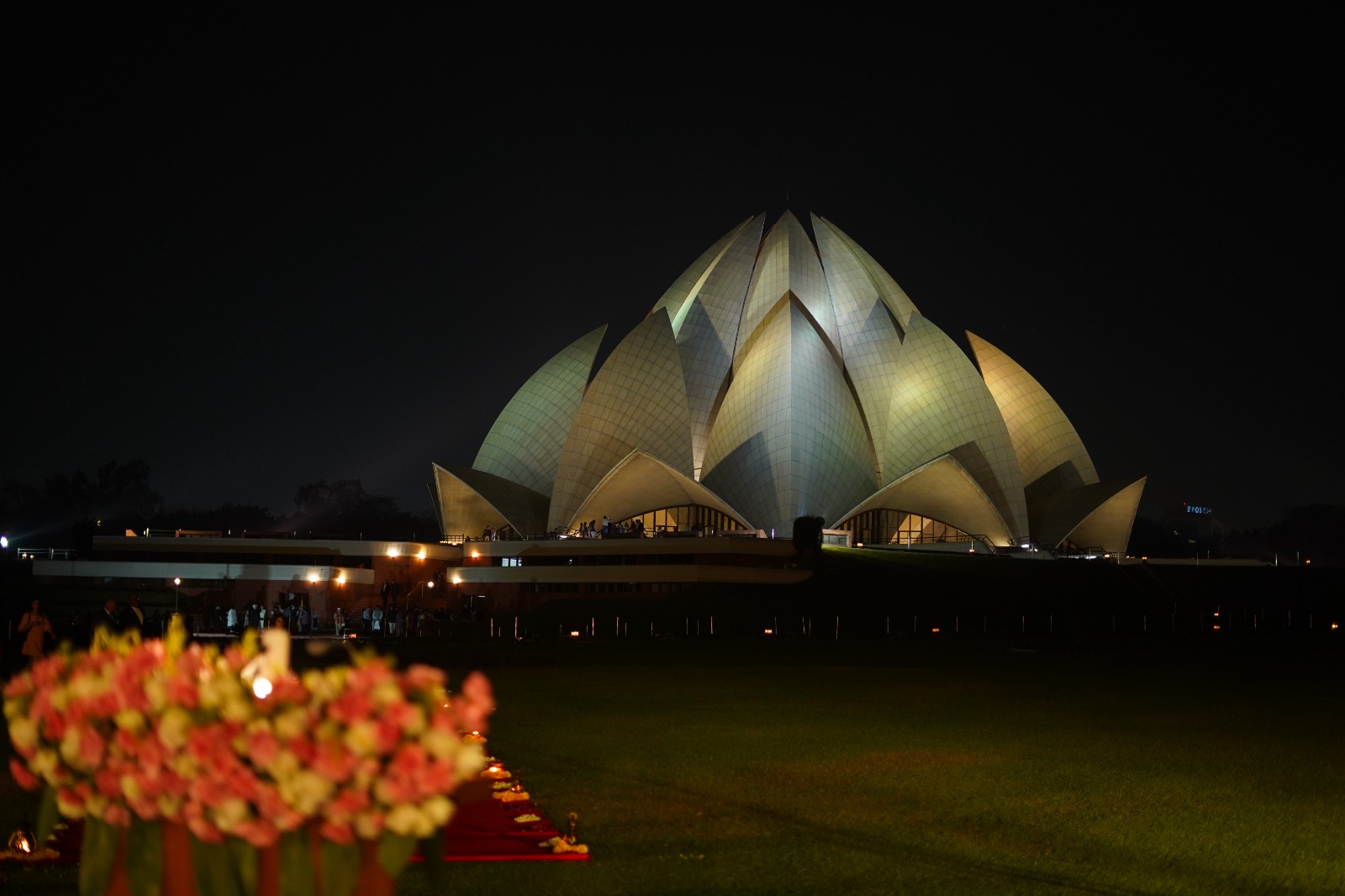
Reflecting on the profound relationship between the Báb, the Herald, and Baháʼu’lláh, the Promised One. These are the two holy days “accounted as one in the sight of God”.
Twin Holy Birthdays are observed on the first and the second day following the occurrence of the eighth new moon after Naw-Rúz, as determined in advance by astronomical tables using Tehran as the point of reference.This results in the observance of the Twin Birthdays moving, year to year, within the months of Mashíyyat, ʻIlm, and Qudrat of the Baháʼí calendar, or from mid-October to mid-November in the Gregorian calendar.
The Festivals of the Twin Birthdays or the Twin Holy Birthdays refers to two successive holy days in the Baháʼí calendar that celebrate the births of two Central Figures of the Baháʼí Faith. The two holy days are the birth of the Báb on the first day of Muharram in the Islamic calendar (20 October 1819) and the birth of Baháʼu’lláh on the second day of Muharram (two years prior, on 12 November 1817).
Prior to 2015 and a decision by the Universal House of Justice, these two holy days had been observed on the first and second days of Muharram in the Islamic lunar calendar in the Middle East, while other countries observed them according to the Gregorian calendar on 20 October (for the birth of the Báb) and 12 November (for the birth of Baháʼu’lláh).
For centuries, the peoples of the world have awaited the Promised Day of God, a Day when peace and harmony would be established on earth. The dawn of this new Day witnessed the appearance of not one but two Manifestations of God, the Bab and Baha’u’llah, Whose Revelations released the spiritual forces destined to transform society.

The notion of “twin Manifestations of God” is a concept fundamental to Baháʼí belief, describing the relationship between the Báb and Baháʼu’lláh. Both are considered Manifestations of God in their own right, having each founded separate religions (Bábism and the Baháʼí Faith) and revealed their own holy scriptures. To Baháʼís, however, the missions of the Báb and Baháʼu’lláh are inextricably linked: The Báb’s mission was to prepare the way for the coming of Him whom God shall make manifest, who eventually appeared in the person of Baháʼu’lláh. For this reason, both the Báb and Baháʼu’lláh are revered as central figures of the Baháʼí Faith. A parallel is made between Baháʼu’lláh and the Báb as between Jesus and John the Baptist.
In the Kitáb-i-Aqdas, Baháʼu’lláh wrote that his birthday and that of the Báb “are accounted as one in the sight of God”.
The Twin Holy Birthdays are two of the nine holy days of the year when Baháʼís suspend work and gather to commemorate the two Prophets and the dawn of a New Era.
A foundation for unity: Baháʼuʼlláh’s appearance is compared to a spiritual springtime that will spread peace and unity globally.
Celebration of the twin birthdays
Joyous and festive: Baháʼís celebrate these days with prayer, readings, music, singing, dancing, and fellowship.
Announcing a new era: The Báb’s work announced a new era in human history and the coming of a new spiritual educator, and Baháʼuʼlláh’s message ushered in the Baháʼí Faith, which teaches the oneness of God, the oneness of religion, and the oneness of humanity.

The Twin Holy Birthdays of the Báb and Baháʼuʼlláh are important because they celebrate the birth of the two central figures of the Baháʼí Faith, who are considered Manifestations of God. Their missions are seen as inextricably linked; the Báb heralded the coming of a new era and a new messenger, while Baháʼuʼlláh fulfilled this prophecy by establishing the Baháʼí Faith. The celebration is joyous and festive, involving prayer, readings, music, and gathering with community.
The Báb, whose name means “the Gate,” is considered a Prophet and the Forerunner of the Baháʼí Faith. The holiday commemorates his life and his mission of announcing the coming of a greater messenger, Baháʼu’lláh, the Prophet-Founder of the Baháʼí Faith.
The “twin holy birthdays” of the Báb and Baháʼuʼlláh are two major Baha’i holy days celebrated on consecutive days each year. While historically celebrated on the Gregorian dates of October 20 and November 12, they are now observed according to the Baháʼí calendar, which is calculated as the first and second day after the eighth new moon following Baha’i New Year (Naw-Rúz). This new method reconciles the lunar and solar calendars to unite the observances.
The Báb wad born in 1819, the Báb is considered the herald who prepared the way for Baháʼuʼlláh. His title means “the Gate”.
Baháʼuʼlláh was born in 1817, Baháʼuʼlláh is considered the Prophet and Founder of the Baha’i Faith. His title means “the Glory of God”. His teachings form the basis of the Baha’i religion.
The Baha’i faith sees their missions as inextricably linked, believing their combined influence ushered in an age of unity and peace.
The event emphasizes the close relationship between the two Figures, who are considered “twin Manifestations of God” for this Era.
The Twin Holy Birthdays celebrate the birth of the Báb and Baháʼu’lláh, the twin central figures of the Baha’i Faith. The Báb, whose name means “the gate,” was born on the first day of Muharram (October 20, 1819), and Baháʼu’lláh, meaning “the Glory of God,” was born two years earlier on the second day of Muharram (November 12, 1817). Highlights of this joyous festival include a focus on the intertwined missions of the two figures, celebratory gatherings with devotional readings and artistic performances, and the remembrance of their teachings.
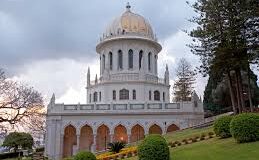
The Baháʼí Faith. is a global religion whose purpose is to unite all of humanity. It is an inclusive faith that believes in the unity of God, the unity of religions, and the unity of humanity. Bahá’ís believe that the world’s religions are part of one progressive, divine plan, and that Baháʼu’lláh is the most recent Manifestation of God for this age.
who is the Herald of the Bahá’í Faith, Herald Prophet of the Baháʼí Faith will be celebrated by the Baháʼí Communities around the world on 22, 23 October 2025.
The 206th Anniversary of the Birth of the Báb will be celebrated by the Baháʼí Communities on October 22, 2025. The Báb was born in Shiraz, Persia (now Iran), on October 20, 1819.
Baháʼu’lláh was born in 1817 who founded the Baháʼí Faith. After becoming a follower of the Báb, he was imprisoned and exiled from Persia, an experience that led him to declare his mission in 1863 as a messenger of God. He spent the rest of his life in exile, writing thousands of letters and books from various prisons in the Ottoman Empire before his death in 1892.
Born Mírzá Ḥusayn-ʻAlí in Tehran, Iran, into a noble family, He was known for His intelligence and generosity. Despite having opportunities for a government career, he renounced them in his twenties to dedicate himself to serving the poor and became a devoted follower of the Báb.
Due to His association with the Bábí movement, He was arrested, tortured, and imprisoned in Tehran’s infamous “Black Pit” in 1852. It was during this imprisonment that He received a divine revelation, becoming aware of His Mission to bring a new message to humanity. He was then exiled from Persia, beginning a lifelong period of persecution and imprisonment that took Him to Baghdad, Constantinople, Adrianople, and finally to the prison city of Akká (modern-day Acre, Israel).
While in Baghdad in 1863, He first publicly declared His station to His fellow Bábís as the Messenger of God whose coming had been foretold by the Báb. From His places of imprisonment, He wrote thousands of letters and books, known as tablets, to the kings and rulers of the world, as well as to His followers. His teachings centered on the unity of God, the unity of religion, and the unity of humanity, outlining a framework for spiritual and moral progress and a future global civilization.
Baháʼu’lláh spent the last years of His life in the prison city of Akká. He passed away in 1892 at a Mansion in nearby Bahjí, where His burial site is now the holiest place for Baháʼís.
The Báb, born Siyyid `Ali-Muhammad in 1819 in Shiraz, Persia, was the Prophet-Founder of the Bábí Faith who announced His Divine Mission in 1844. He was considered a Herald for a future Messenger, a Figure whom He prophesied would bring an Age of peace and would be known as Baháʼu’lláh. Facing intense persecution from the government and religious authorities, he was publicly executed in 1850, and His teachings paved the way for the Baháʼí Faith.
Born in 1819 in Shiraz, Iran, His name was Siyyid `Ali-Muhammad. He was raised by His uncle after His father died in His early childhood.
In 1844, at the age of 25, He declared that He was a Messenger of God, known as “the Báb,” which means “the Gate” in Arabic. His role was to prepare humanity for the coming of a greater Messenger of God.
The Báb abrogated Islamic laws and traditions, establishing a new faith that emphasized unity, love, and service. He encouraged education and the improvement of the status of women.
His teachings attracted a large following, and His followers became known as Bábís.
The rapid growth of the Bábí Faith was seen as a threat by the religious and governmental authorities. Both the Báb and many of His followers were persecuted. The Báb was publicly executed by a firing squad in 1850, only six years after His declaration.
After His death, His teachings were carried on by His followers and Baháʼu’lláh. His remains were later recovered and are now enshrined in a golden-domed shrine on Mount Carmel in Haifa, Israel, which is a significant pilgrimage site for Baháʼís.
The Twin Holy Days in the Baháʼí Faith conclude by underscoring the inseparability of the missions of the Báb and Baháʼuʼlláh and celebrating the dawn of a new, unified era for humanity. They serve as a joyous, annual reminder of the interconnected purposes of these two divine figures, whose lives together inaugurated the current age of human history.
A conclusion on the Twin Holy Days can focus on the following key points:
The fulfillment of prophecy. The Báb’s role is viewed as a herald, preparing humanity for the coming of Baháʼu’lláh, much like John the Baptist prepared the way for Jesus. Baháʼís celebrate this fulfillment of prophecy, which they believe was foreshadowed in many world religions.
A new era of human unity. The two Manifestations of God are seen as twin luminaries whose advent heralded an age of collective maturity for humanity. The celebrations affirm the Baháʼí teachings of the oneness of humanity and the ultimate establishment of peace and justice throughout the world.
The bond between worship and service. A key theme of the Twin Holy Days is the call for Baháʼís to translate their joyful celebration and worship into acts of service. The commemoration is not just a remembrance of the past but an inspiration for future action, encouraging individuals and communities to actively work towards creating a more peaceful and unified world.
A message of inclusivity. The festival is universally inviting, open to people of all backgrounds. This inclusivity reflects the central Baháʼí principle of the oneness of humanity, welcoming everyone to join in celebrating the new era of human unity.
Global, unified celebration. The timing of the Twin Holy Days, decided by the Universal House of Justice in 2014, ensures that Baháʼí communities around the world can celebrate together as one joyous festival. This unity in celebration itself serves as a powerful symbol of the global oneness central to the Baháʼí Faith.
Compiled by Jaya Raju Thota
Greater Visakhapatnam
Andhra Pradesh
India


